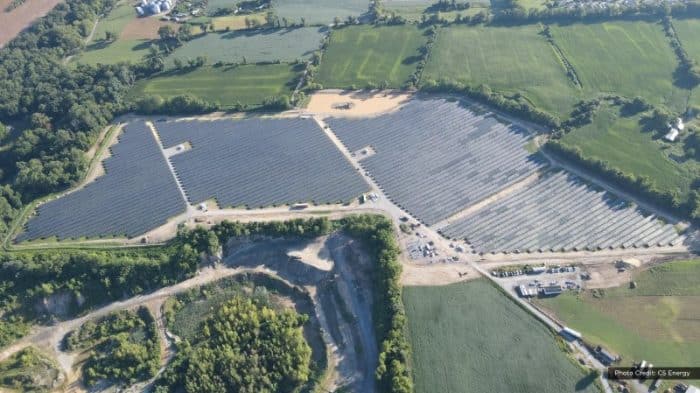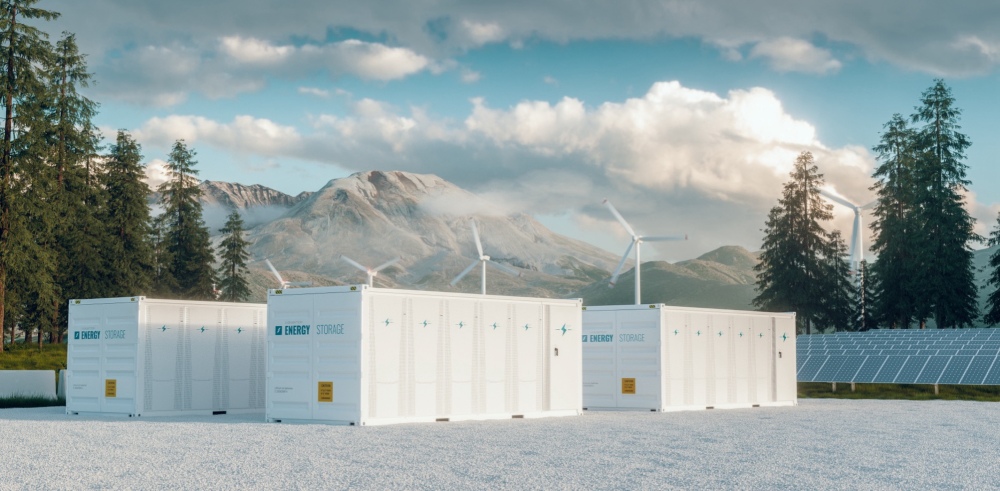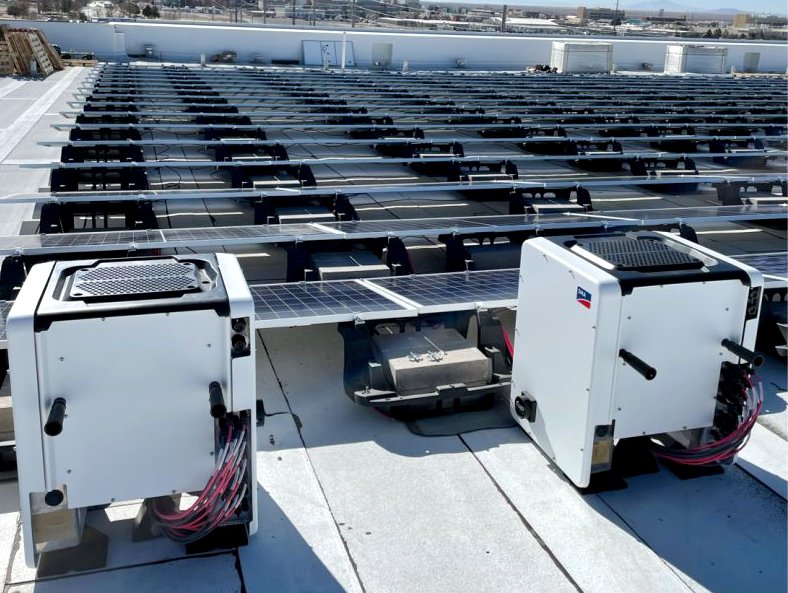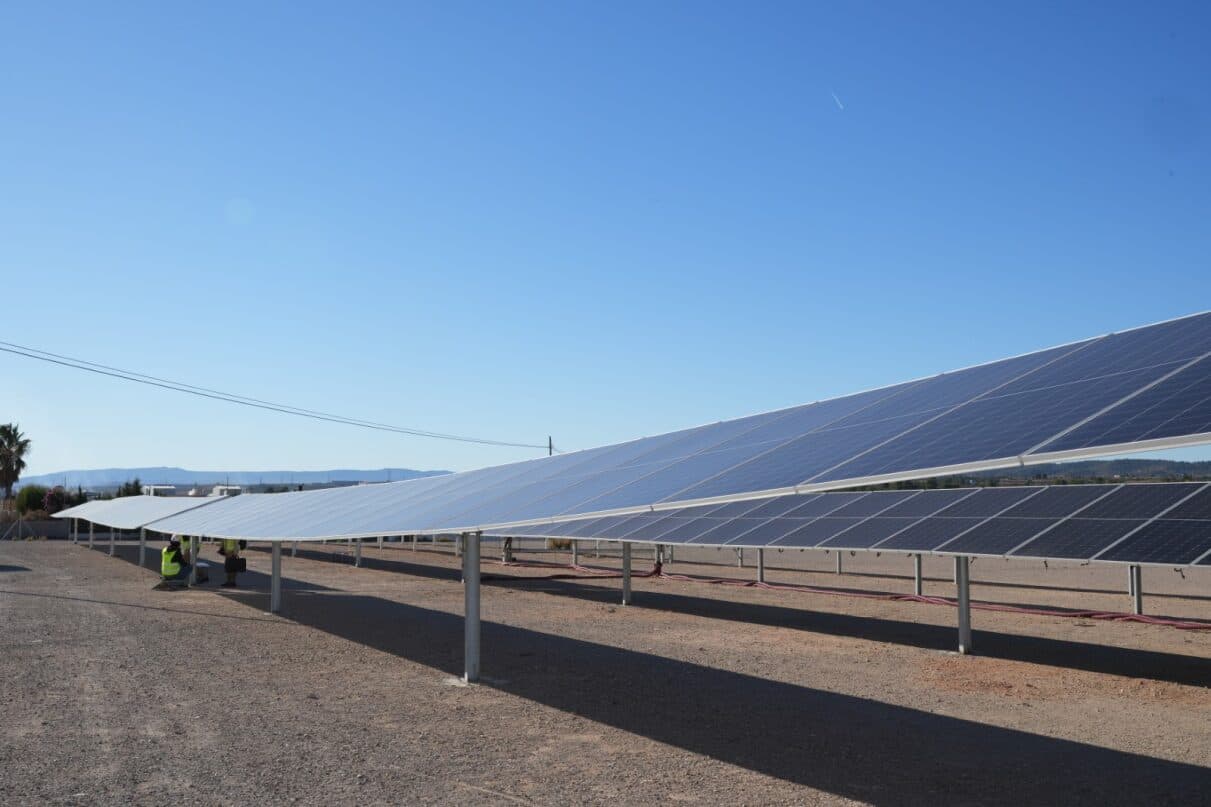CEP completes 19 MW Foul Rift solar project in N.J.

A former brownfield site in Warren County, New Jersey, has new life thanks to solar.
CEP Renewables, NJR Clean Energy Ventures and CS Energy have completed the 19 MWdc grid supply Foul Rift solar project in White Township, New Jersey. The project was built on a brownfield that had been the home to a composting facility for nearly 30 years.
Prior to the composting facility ceasing its operations, it had a history of violations received from the New Jersey Department of Environmental Protection (NJDEP). CEP’s development of this project resulted in the successful redevelopment of the site while also providing reliable, clean energy, pollinator habitats, and greater tax revenue for the local community.
“This project demonstrates both New Jersey’s strong policy support for brownfield and landfill solar projects, and showcases that these sites are well-suited for solar installations,” said Chris Ichter, executive VP at CEP Renewables. “We were able to draw upon our prior experience on similarly challenging sites to develop an effective public-private partnership with both the owners of the property and White Township that will positively impact generations to come.”
The site had formerly been home to a composting facility for many years. The composting activities left the site in an impaired condition that required remediation. CEP’s redevelopment effort resulted in the successful transformation of the site from its pre-development condition to a 19 MWdc solar farm. The project received approval from the New Jersey Board of Public Utilities (NJBPU) and will be interconnected to the electric distribution system of JCP&L. The complicated project owes its success to many professionals who assisted in the development effort, together with the landowner and White Township officials.
The Foul Rift project turned an impaired site into a revenue-generating asset and has also contributed to New Jersey maintaining its ranking as the No. 1 U.S. state for installed solar capacity per square mile. This project also further supports the state in achieving its goal of 100% clean energy by 2050.





Comments are closed here.